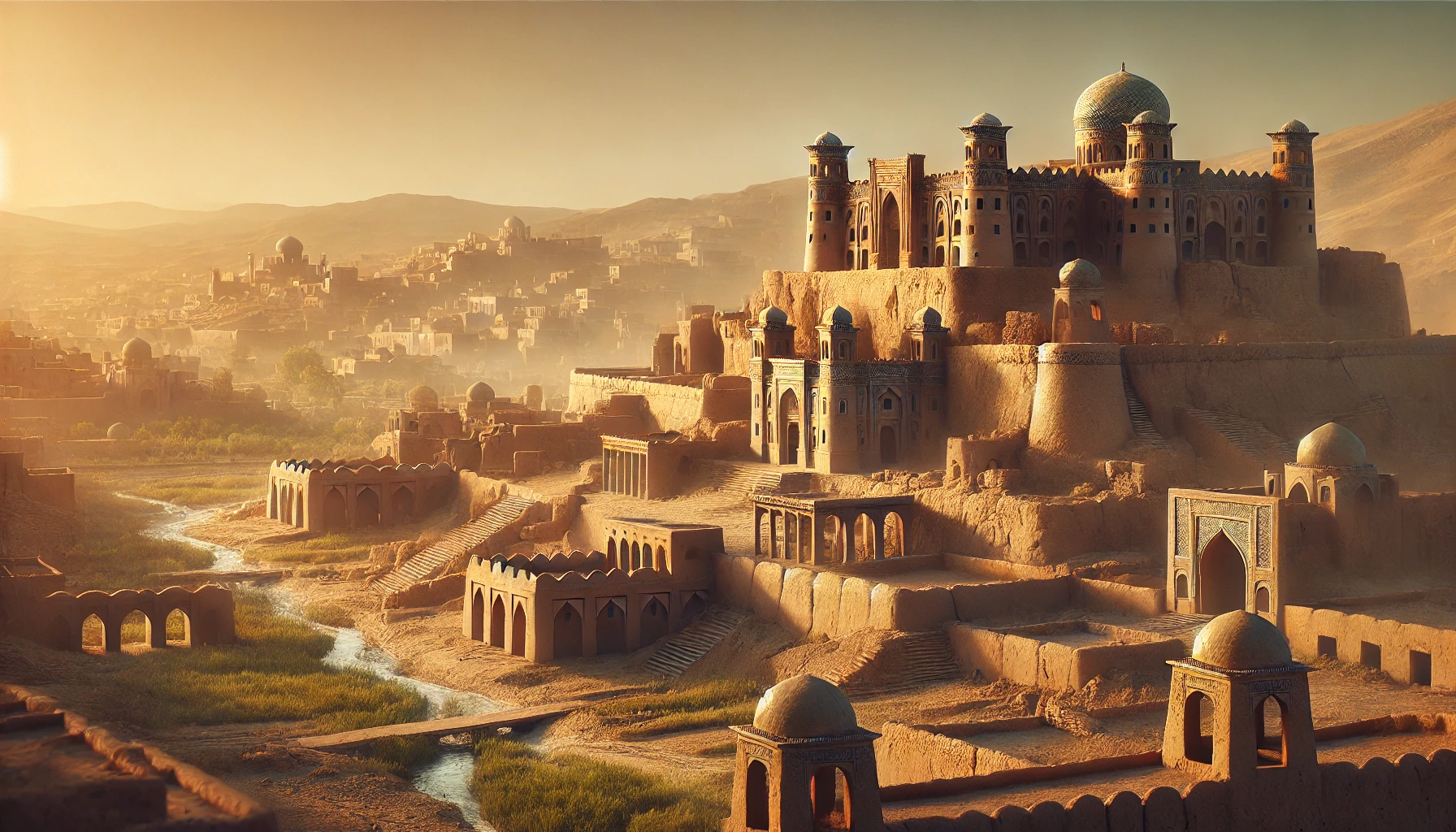The ancient city of Balkh

Exact Geographical Location:
The ancient city of Balkh is located in the north of Afghanistan, in Balkh province. It is near the center of Mazar-i-Sharif and is situated on the lush foothills of the region. Balkh, as one of the oldest cities in Afghanistan and the region, has a rich and vibrant history and is known as the "Mother of Cities."
Geographical Latitude and Longitude:
Latitude: 36.7573° North
Longitude: 67.1115° East
Historical Background:
Balkh is one of the oldest cities in the world, with a history dating back over 4,000 years. The city was founded during the era of the Aryan Empire and was known as a cultural and religious center for Zoroastrians. In later periods, particularly during the Kushan and Yeti periods, Balkh played an important commercial and religious role. It was also a significant center for science and literature during the Islamic era.
Architectural Features:
The ancient city of Balkh has remarkable architectural remains that reflect the art and architectural knowledge of various historical periods. The towers, strong walls, remains of fire temples, and historical mosques are among its key features. The use of stone and brick in the construction of buildings, along with intricate carvings and decorations, reflects the high skill of the architects of that time.
Cultural Importance:
Balkh, as one of the major cultural and religious centers in the region, has played a fundamental role in the spread of various religions and cultures. The city, being a center for Zoroastrians, Buddhists, and later Muslims, was a meeting point and hub for the interaction of civilizations. Prominent poets, scholars, and mystics such as Jalal al-Din Rumi and Avicenna (Ibn Sina) were born in this region, highlighting its cultural and literary significance.
Discoverer and Time of Discovery:
The ancient city of Balkh was recognized in the 19th century by European travelers, but formal archaeological excavations began in the early 20th century. Archaeological research continues to this day, and the city remains a historical treasure of Afghanistan that attracts special attention.
- DALL·E 2025-01-16 04.24.07